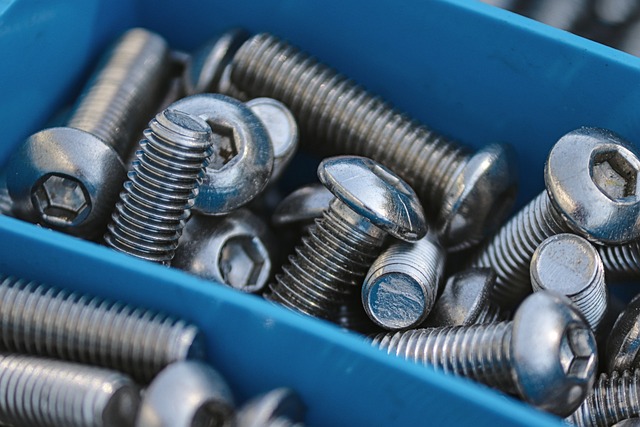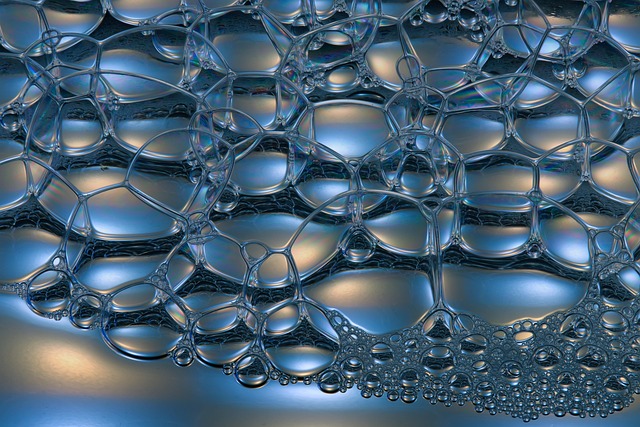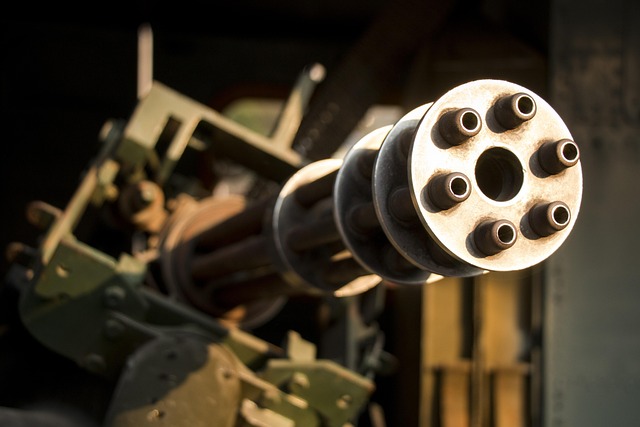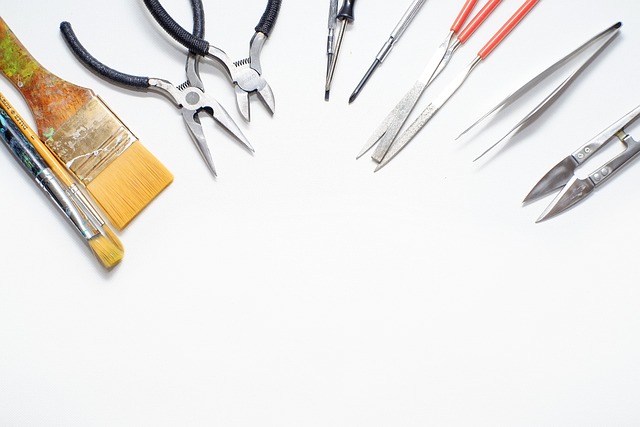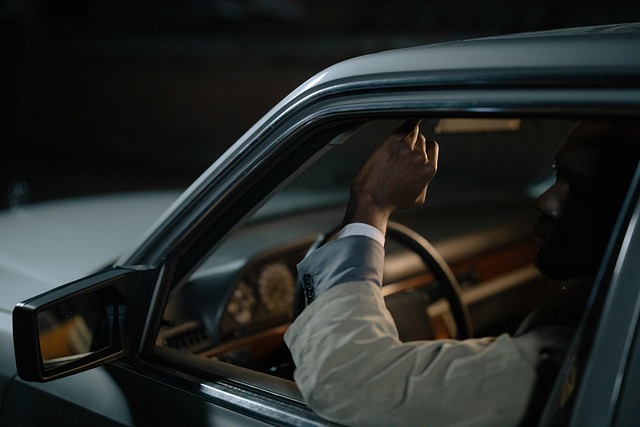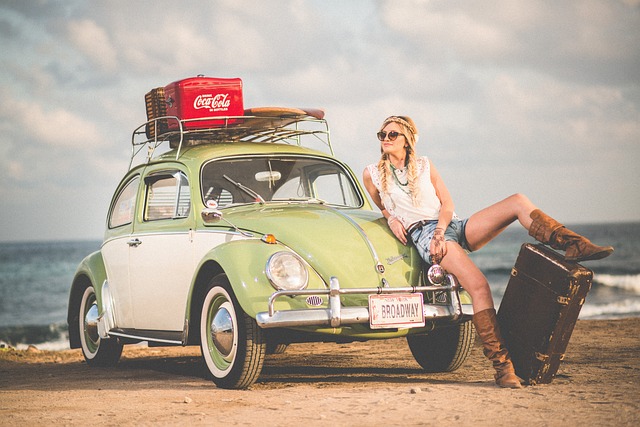Introduction to Heat Gun Wrapping
The heat gun wrapping technique has gained popularity among DIY enthusiasts and professionals alike for its ability to create seamless and polished finishes on a variety of surfaces. Whether you’re wrapping furniture, vehicles, or crafting intricate designs, mastering this technique can elevate your projects. In this guide, we will walk you through the essential tools, expert tips, and common pitfalls to avoid to achieve a flawless finish.
Essential Tools for Heat Gun Wrapping
Before diving into the heat gun wrapping technique, it’s crucial to gather the right tools. Here’s a list of essentials:
- Heat Gun: Choose a quality heat gun with adjustable temperature settings.
- Vinyl Wrap: Select a high-quality adhesive vinyl wrap suitable for your project.
- Utility Knife: For precise cutting of the vinyl wrap.
- Application Squeegee: Helps to smooth out the vinyl and remove air bubbles.
- Measuring Tape: To measure the surfaces accurately.
- Cleaning Supplies: Isopropyl alcohol and lint-free cloth to clean surfaces before wrapping.
- Gloves: To protect your hands from heat and adhesives.
Step-by-Step Guide to Heat Gun Wrapping
Step 1: Prepare the Surface
Start by cleaning the surface you plan to wrap. Use isopropyl alcohol and a lint-free cloth to remove any dirt, grease, or contaminants. A clean surface ensures better adhesion of the vinyl wrap.
Step 2: Measure and Cut the Vinyl
Using your measuring tape, measure the area you want to wrap. Cut the vinyl wrap to size, leaving a little extra material on the edges for adjustments. This will help you achieve a more precise fit.
Step 3: Position the Vinyl
Carefully position the vinyl on the surface. It’s best to start from one edge and gradually lay it down to avoid air bubbles. If you need to reposition, do so gently to prevent damaging the adhesive.
Step 4: Heat the Vinyl
Set your heat gun to a low temperature and hold it about 6-12 inches away from the vinyl. As you heat the vinyl, it will become more pliable, making it easier to conform to curves and edges. Keep the heat gun moving to avoid overheating any one area.
Step 5: Apply the Squeegee
Once the vinyl is heated and pliable, use your application squeegee to press it down onto the surface. Start from the center and work your way outwards to push out any air bubbles. Use firm, even pressure for the best results.
Step 6: Trim Excess Material
After the vinyl is securely applied, use your utility knife to carefully trim off any excess material along the edges. Make sure to cut at an angle to ensure a clean edge.
Step 7: Final Heating and Smoothing
Give the wrapped surface a final heating to set the vinyl. This step helps the vinyl adhere better and provides a smooth finish. Use the squeegee again to ensure everything is tightly pressed down.
Expert Tips for Successful Heat Gun Wrapping
- Practice: If you’re new to the heat gun wrapping technique, practice on smaller pieces before tackling larger projects.
- Temperature Control: Always start with a lower temperature. You can increase it gradually if needed, but overheating can ruin the vinyl.
- Work in Sections: For larger surfaces, work in manageable sections to maintain control and achieve the best results.
- Watch the Bubbles: Keep an eye on air bubbles as you apply the vinyl. If they appear, gently lift the vinyl and reheat the area to smooth it out.
Common Pitfalls to Avoid
- Skipping Surface Preparation: Always clean the surface thoroughly to avoid adhesion issues.
- Overheating the Vinyl: This can cause the vinyl to warp or melt. Always keep the heat gun moving.
- Using Low-Quality Materials: Invest in high-quality vinyl and tools for the best results.
- Rushing the Process: Take your time to ensure each step is done correctly for a professional finish.
Conclusion
The heat gun wrapping technique is a valuable skill for anyone looking to enhance their DIY projects. By following this step-by-step guide and utilizing the provided tips, you can achieve professional-looking results. Remember that practice makes perfect, so don’t hesitate to experiment and hone your skills!

